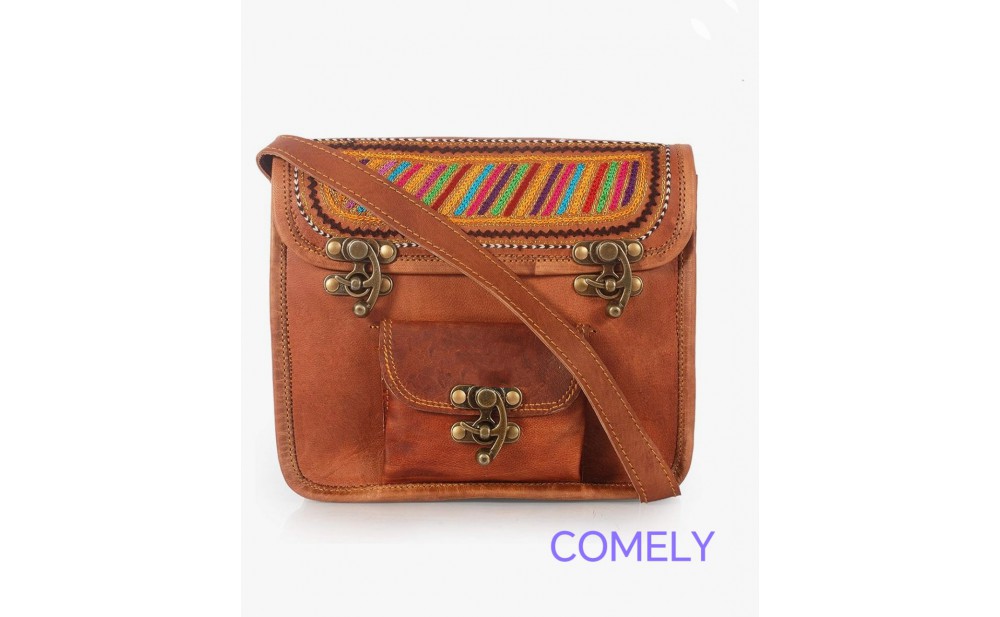HISTORY OF COMELY VINTAGE HANDBAG

HISTORY OF COMELY VINTAGE HANDBAG
Arts and Crafts Leatherwork 2020S
KOMELY ENTERPRISES LTD
www.komely.com.hk
The tooling and embossing process is only suitable for vegetable-tanned leather, which is also often called tooling leather. Tooling refers to the use of stamping tools, much like a sculptor might use a chisel, to create a detailed image on the leather. Once the design has been created it is transferred from the tracing film with a stylus onto dampened leather.
COMELY VINTAGE COLLECTION
Once the design has been created it is transferred from the tracing film with a stylus onto dampened leather. The outline of COMELY Bags is then traced over with a swivel knife, which as to be kept upright at a 90-degree angle to the skin, deep enough to penetrate the grain.
Tooling, stamping or embossing are terms that refer to the craft of impressing three-dimensional images onto COMELY leather handbag collection. It is a process that has been deployed by skilled leather workers for centuries, but was a particularly popular technique during the Art Nouveau and Art Deco periods as way of introducing color and pattern to leather .
The revival of interest in medievalism expressed in the Arts and Craft Movement resurfaced at the beginning of the 1970s and prompted an interest in this traditional skill.
The other ranges of COMELY leather bag collection is then placed on a marble slab and pressure from a wood or rawhide mallet is applied to various tools to add texture to the piece and to create depressions in the surface. The basic tools are a beveller, a pear shade and a camouflage tool. The wide edge of the beveller is placed into the cut made by the swivel knife and the end of the tool struck with mallet.
